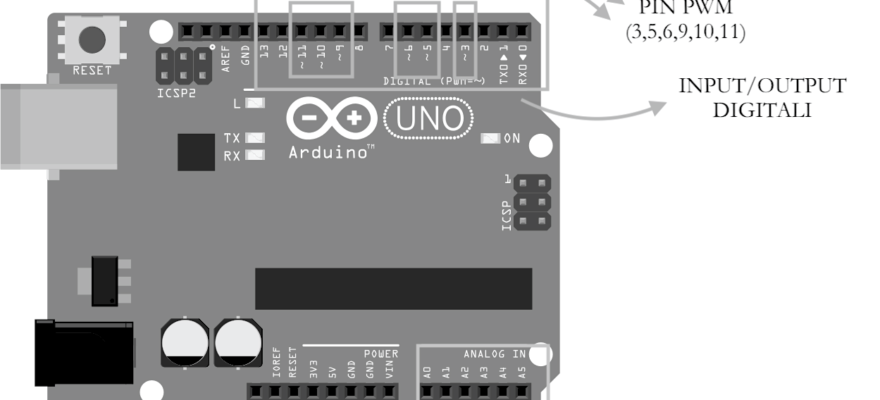


For 8bit the PWM period is 32us / 31.25KHz.

Void init(byte _timer1PWMpin, byte resolution) The resolution can be set to 8bit or 10bit. Resolution 10bit: U = value * 5 / 1023 Resolution Using the PWM DAC Output voltageįor a 5V supply voltage, the output voltage is: However, using the Arduino Servo library disables the use of analogWrite() on pins 9 and 10, and we prefer to keep that functionality. No es necesario llamar a pinMode () para configurar el pin como salida antes de llamar analogWrite(). A diferencia de los pines PWM, DAC0 y DAC1 son convertidores Digitales a Analógicos, y actúan como verdaderas salidas analógicas. The library TimerOne.h has to be installed too. Paul Stoffregen has further improved the TimerOne library: it support many Arduino boards and is faster.ĭownload the FastPWMdac library HERE. En el Arduino Due analogWrite() funciona en los pines 2 a 13, más en los pines DAC0 y DAC1. The FastPWMdac is just an interface on the TimerOne library from Paul Stoffregen. The settling time is reduced which has great benefits when the DAC is used in a control loop.The low pass filter uses a much smaller capacitor no elco required anymore.The PWM frequency is 31250Hz for 8-bit instead of 490Hz for the standard analogWrite().pins that have analog functionality are multi purpose. The FastPWMdac library is much faster these are the advantages: Im a complete beginner Im making a project using relay modules and arduino. This creates a so called PWM DAC, a PWM signal which has to be filtered with a low-pass filter. However, the standard analogWrite() function is very slow, don't use it anymore. The Arduino has no integrated DAC to create analog output values, we have to use the standard Arduino function analogWrite(). Create a faster DAC with the FastPWMdac libraryįor the SAMD21 see this article: Fast PWM-DAC library for the SAM15x15 and Arduino Zero.


 0 kommentar(er)
0 kommentar(er)
